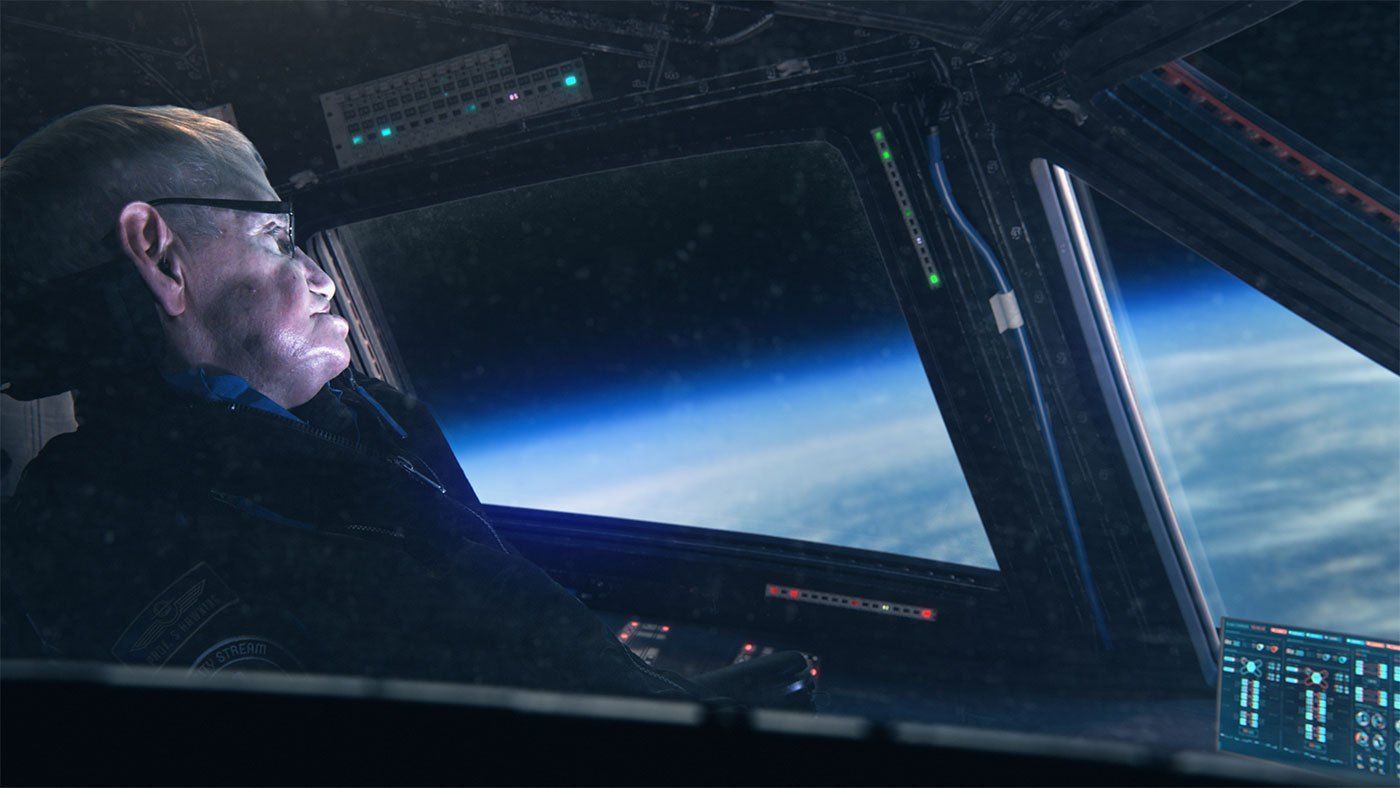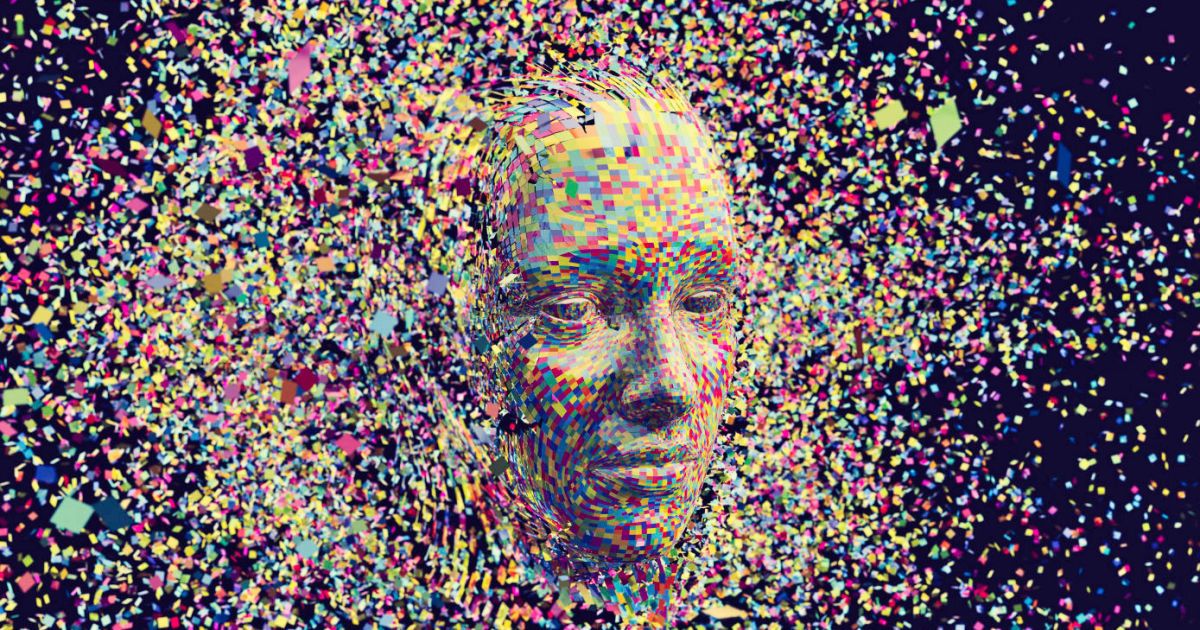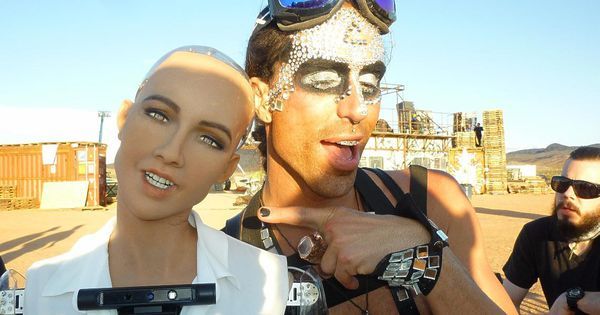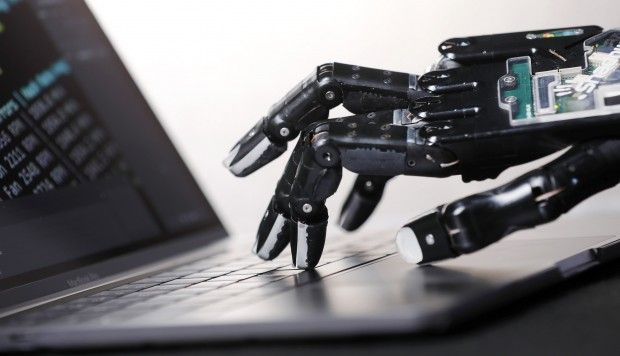On Thursday, Robert O. Work, a former deputy secretary of defense, will announce that he is teaming up with the Center for a New American Security, an influential Washington think tank that specializes in national security, to create a task force of former government officials, academics and representatives from private industry. Their goal is to explore how the federal government should embrace A.I. technology and work better with big tech companies and other organizations.
Older tech companies have long had ties with military and intelligence. But employees at internet outfits like Google are wary of too much cooperation.









